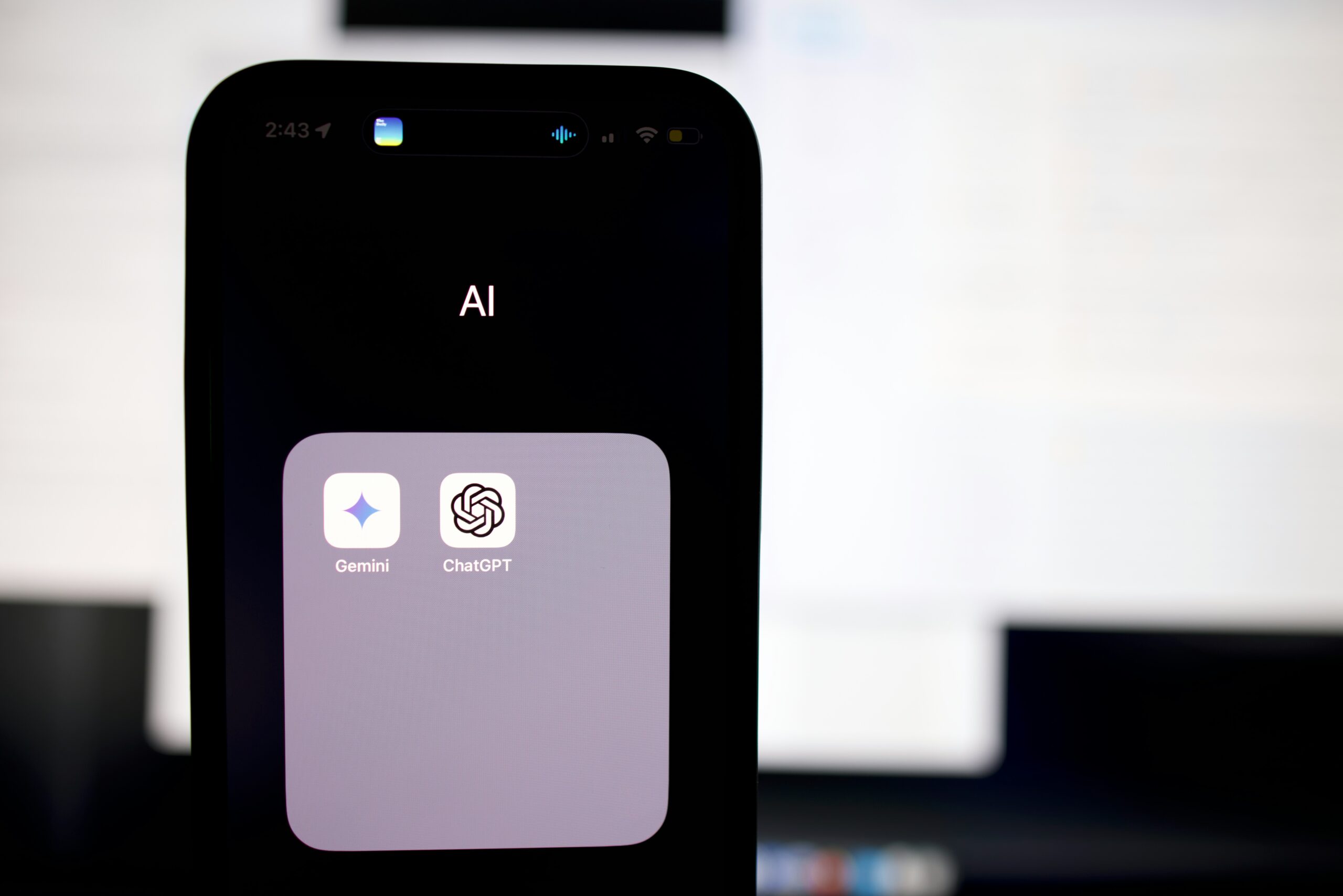ChatGPT and other generative AI tools, such as DALL-E, offer significant benefits for businesses. However, without proper governance, these tools can quickly become a liability rather than an asset. Unfortunately, many companies adopt AI without clear policies or oversight.
Only 5% of U.S. executives surveyed by KPMG have a mature, responsible AI governance program. Another 49% plan to establish one in the future but have not yet done so. Based on these statistics, while many organizations see the importance of responsible AI, most are still unprepared to manage it effectively.
Looking to ensure your AI tools are secure, compliant, and delivering real value? This article outlines practical strategies for governing generative AI and highlights the key areas organizations need to prioritize.
Benefits of Generative AI to Businesses
Businesses are embracing generative AI because it automates complex tasks, streamlines workflows, and speeds up processes. Tools such as ChatGPT can create content, generate reports, and summarize information in seconds. AI is also proving highly effective in customer support, automatically sorting queries and directing them to the right team member.
According to the National Institute of Standards and Technology (NIST), generative AI technologies can improve decision-making, optimize workflows, and support innovation across industries. All these benefits aim for greater productivity, streamlined operations, and more efficient business performance.
5 Essential Rules to Govern ChatGPT and AI
Managing ChatGPT and other AI tools isn’t just about staying compliant; it’s about keeping control and earning client trust. Follow these five rules to set smart, safe, and effective AI boundaries in your organization.
Rule 1. Set Clear Boundaries Before You Begin
A solid AI policy begins with clear boundaries for where you can or cannot use generative AI. Without these boundaries, teams may misuse the tools and expose confidential data. Clear ownership keeps innovation safe and focused. Ensure that employees understand the regulations to help them use AI confidently and effectively. Since regulations and business goals can change, these limits should be updated regularly.
Rule 2: Always Keep Humans in the Loop
Generative AI can create content that sounds convincing but may be completely inaccurate. Every effective AI policy needs human oversight, AI should assist, not replace, people. It can speed up drafting, automate repetitive tasks, and uncover insights, but only a human can verify accuracy, tone, and intent.
This means that no AI-generated content should be published or shared publicly without human review. The same applies to internal documents that affect key decisions. Humans bring the context and judgment that AI lacks.
Moreover, the U.S. Copyright Office has clarified that purely AI-generated content, lacking significant human input, is not protected by copyright. This means your company cannot legally own fully automated creations. Only human input can help maintain both originality and ownership.
Rule 3: Ensure Transparency and Keep Logs
Transparency is essential in AI governance. You need to know how, when, and why AI tools are being used across your organization. Otherwise, it will be difficult to identify risks or respond to problems effectively.
A good policy requires logging all AI interactions. This includes prompts, model versions, timestamps, and the person responsible. These logs create an audit trail that protects your organization during compliance reviews or disputes. Additionally, logs help you learn. Over time, you can analyze usage patterns to identify where AI performs well and where it produces errors.
Rule 4: Intellectual Property and Data Protection
Intellectual property and data management are critical concerns in AI. Whenever you type a prompt into ChatGPT, for instance, you risk sharing information with a third party. If the prompt includes confidential or client-specific details, you may have already violated privacy rules or contractual agreements.
To manage your business effectively, your AI policy should clearly define what data can and cannot be used with AI. Employees should never enter confidential information or information protected by nondisclosure agreements into public tools.
Rule 5: Make AI Governance a Continuous Practice
AI governance isn’t a one-and-done policy. It’s an ongoing process. AI evolves so quickly that regulations written today can become outdated within months. Your policy should include a framework for regular review, updates, and retraining.
Ideally, you should schedule quarterly policy evaluations. Assess how your team uses AI, where risks have emerged, and which technologies or regulations have changed. When necessary, adjust your rules to reflect new realities.
Why These Rules Matter More Than Ever
These rules work together to create a solid foundation for using AI responsibly. As AI becomes part of daily operations, having clear guidelines keeps your organization on the right side of ethics and the law.
The benefits of a well-governed AI use policy go beyond minimizing risk. It enhances efficiency, builds client trust, and helps your teams adapt more quickly to new technologies by providing clear expectations. Following these guidelines also strengthens your brand’s credibility, showing partners and clients that you operate responsibly and thoughtfully.
Turn Policy into a Competitive Advantage
Generative AI can boost productivity, creativity, and innovation, but only when guided by a strong policy framework. AI governance doesn’t hinder progress; it ensures that progress is safe. By following the five rules outlined above, you can transform AI from a risky experiment into a valuable business asset.
We help businesses build strong frameworks for AI governance. Whether you’re busy running your operations or looking for guidance on using AI responsibly, we have solutions to support you. Contact us today to create your AI Policy Playbook and turn responsible innovation into a competitive advantage.
—
